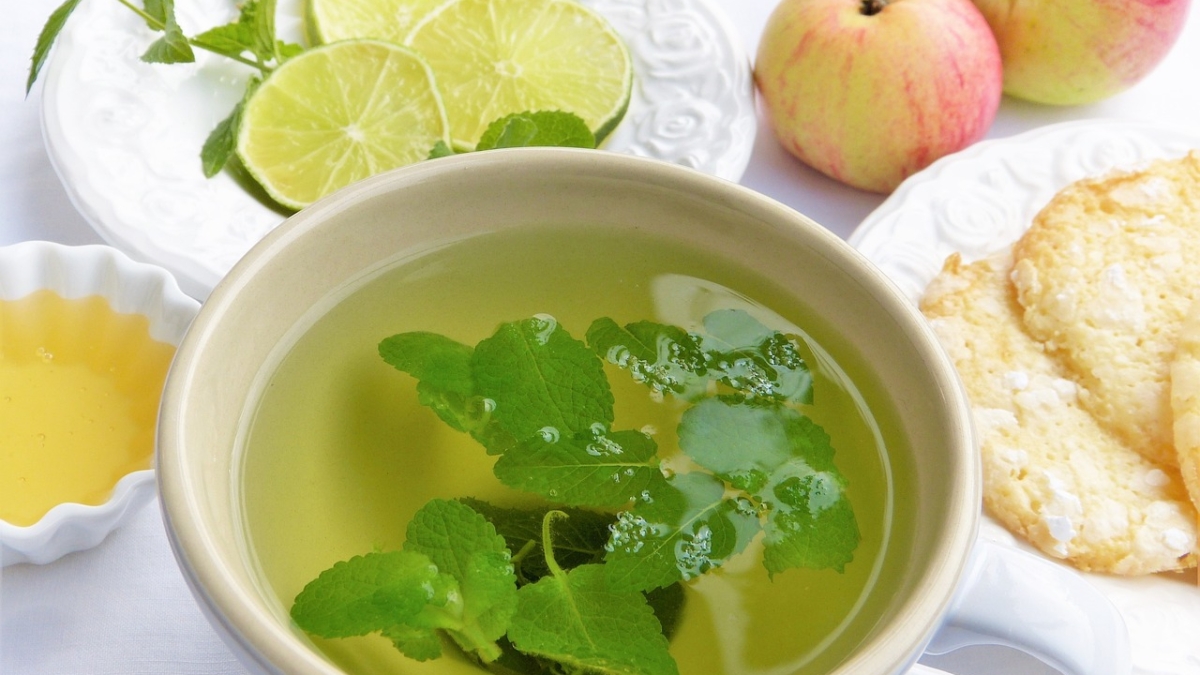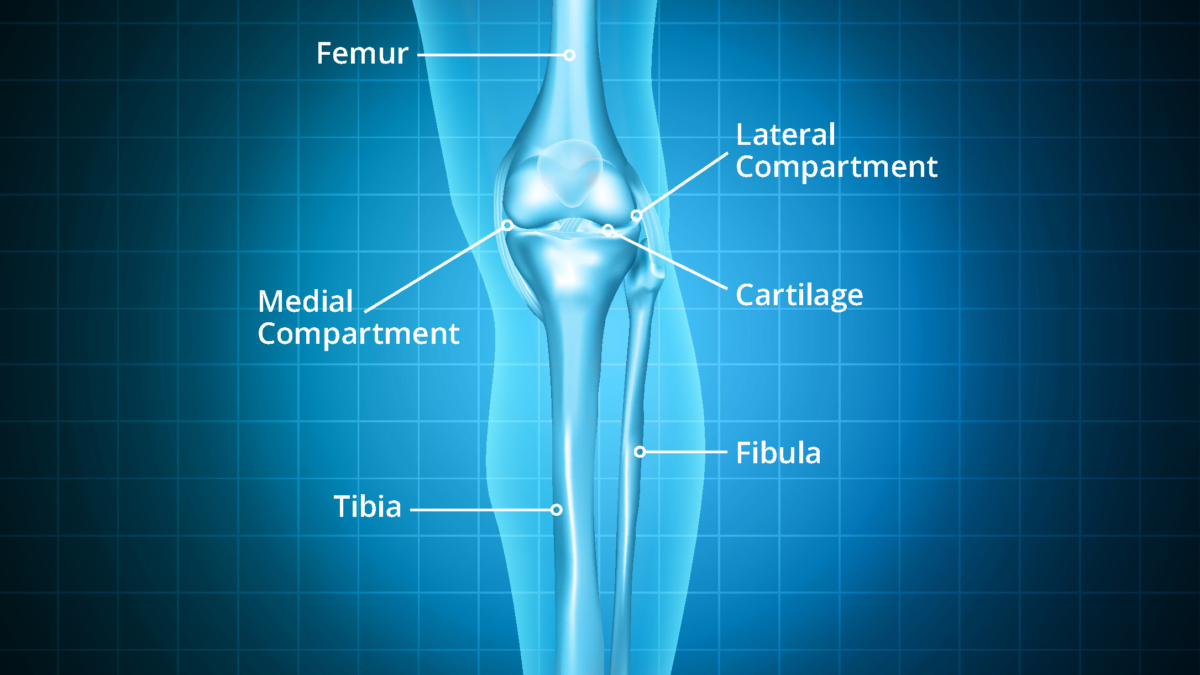I am both honored and humbled to share with you all a special piece of poetry that was written by one of my beloved students, Dazzle. This piece encapsulates the bond, respect, and love that has grown within our ACD community. I can’t help but be moved by the sincerity and warmth that resonates through these lines. Dazzle, thank you for your beautiful words and for allowing me to share them with the world. Here is the poem, in all its unedited beauty:
Dedicated to our Mentor - Tiru Sameer Yarlagadda
A pleasant hatrick meet of mine,
What an aesthetic privilege to all of us!
With a bit of uncertainty though enrolled,
No sooner, trusted the process,
Now second anniversary with ACD,
For some a brother, a son, a friend,
Plethora of Avatars, a stalwart,
Crush too, yes many possessive candid hearts,
A mentor who doesn't demand respect,
Yet on whom we bestow complete admiration,
Unexplained pure bliss to have known this soul,
No bias, yet personally attached,
No harsh tones, yet
meticulously rectifying our steps,
Critics are dealt with too, exquisitely,
Participants' garland adorned with brimming appreciations,
His assets,
May the ACD garden bloom & flourish,
Today's congregate had new faces,
No cinematics dialogues,
On our first meet, we all became bosom buddies & so on,
Time constraints,
Hurray! We are life members,
Entire life left, to get closer,
Yet, all departed with delight,
A cordial sense of belonging to a wonderful community,
Where our views are respected, rectified, treasured,
May you and our ACD association,
Remain the same - young at heart,
Accomplish more,
More laurels your way!
An embrace of positive vibes always!Dazzle, your words mean more to me than I can express, and I wholeheartedly share in the sentiments you’ve captured so eloquently. To all my students, you are my world, and I look forward to many more years of growth, learning, and joy with each and every one of you.
With deepest gratitude,





